
Full XGA.
VGA 640x480
320x240
The following works were authored by Thomas A. Watson.
|
|
 Full XGA. VGA 640x480 320x240 |
|
|
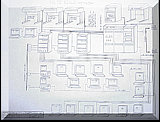 Full XGA. VGA 640x480 320x240 |
|
|
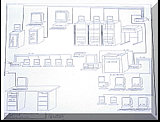 Full XGA. VGA 640x480 320x240 |
|
|
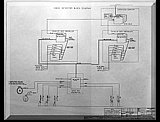 Full XGA. VGA 640x480 320x240 |
|
|
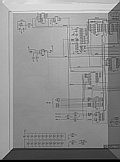 Full XGA. 640x480 320x240 |
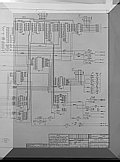 Full XGA. 640x480 320x240 |
|
On January 28, 1986, at 11:38, Mr. Watson was at lunch with a group of students. The students
were taking a course authored by Mr. Watson on the use of Computer Aided Schematic
capture and netlist database generation. In the restaurant the TV station broke to live
coverage of the the launch of STS Challenger. Challenger exploded 73 seconds after
takeoff. Television film footage captured the tragic explosion and
its aftermath, as smoke trailed out of the craft and it fell to the
ocean. All seven crew members died due to a faulty "O-ring" seal
failed in the solid-fuel rocket on the shuttle's right side. Flames
escaped through the failed seal. The flames burned through the
shuttle's external fuel tank and a support attaching the rocket to
the tank. The rocket broke loose and pierced the tank. Liquid
hydrogen and liquid oxygen fuels ignited, tearing the shuttle
apart. The shuttle launch program was not resumed until
designers made modifications and National Aeronautics and
Space Administration (NASA) management implemented stricter
regulations regarding quality control and safety. The accident and
the ensuing investigation into its cause temporarily halted the
space shuttle program. Shuttle missions resumed on September
28, 1988, with the flight of the shuttle Discovery.
In 1990, as a result Challenger accident NASA contracted with the PowerDyne Division of Raymond Engineering for the development the Hydraulic Ultra Sonic Bolting System. Mr. Watson as a Consultant to Raymond Engineering designed and developed the HUBS control program. The HUBS program was a real time embedded control program for the controlled sequential bolting of the joints of the solid rocket boosters. The program maintained a database of the bolting process and provided complete calibration of pressure and ultrasonic load measuring instrumentation. To provide realtime signal emulation Mr Watson designed and fabricated the HUBS Electronic Emulation Simulator. For an excellent discussion of Space Shuttle Challenger disaster |
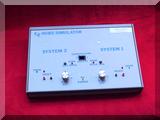 Full XGA. VGA 640x480 320x240 |
The F-111 Upgrade Options page show the APG-76 radar and images showing Moving Target Indicators(MTI).
The GPS Guided Weapons Page also features APG-76 Ultra High Resolution images.
|
Additional IFSAR views and a 10.3 meg. flyby movie |
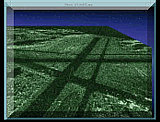 660x517 320x240 |
|
|
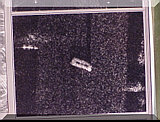 Full XGA. VGA 640x480 320x240 |
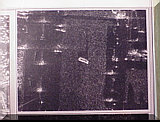 Full XGA. VGA 640x480 320x240 |
|
|
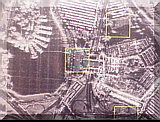 Full XGA. VGA 640x480 320x240 |
|
|
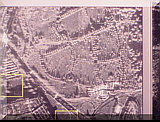 Full XGA. VGA 640x480 320x240 |
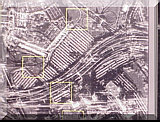 Full XGA. VGA 640x480 320x240 |